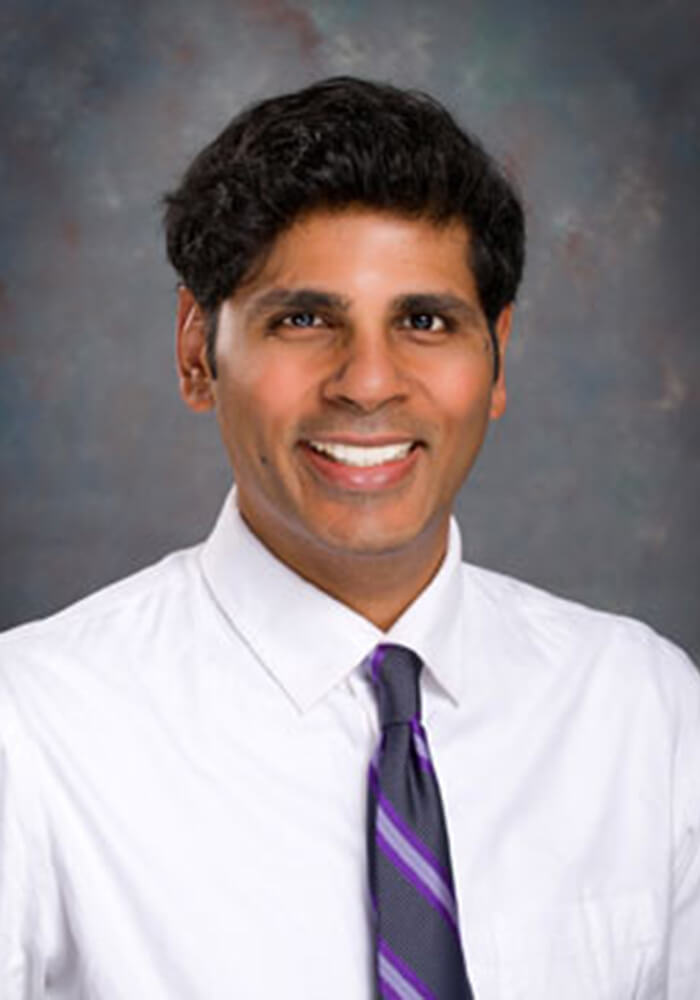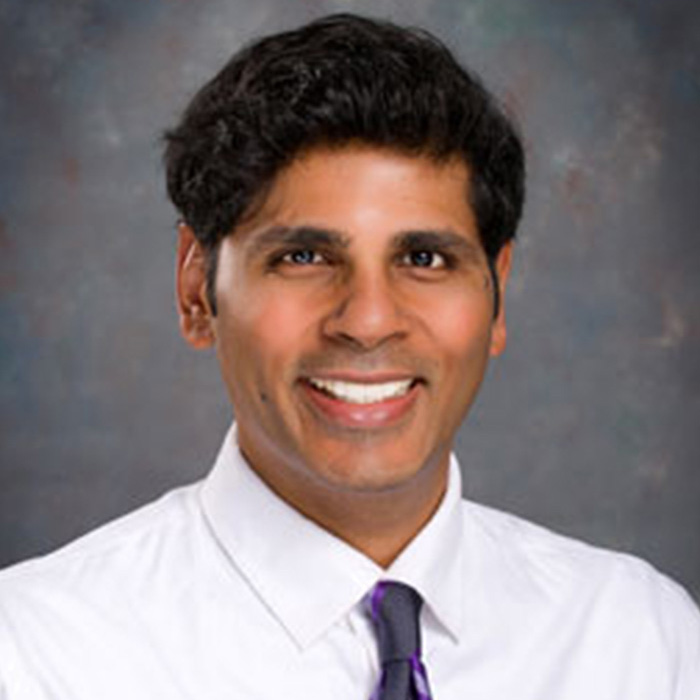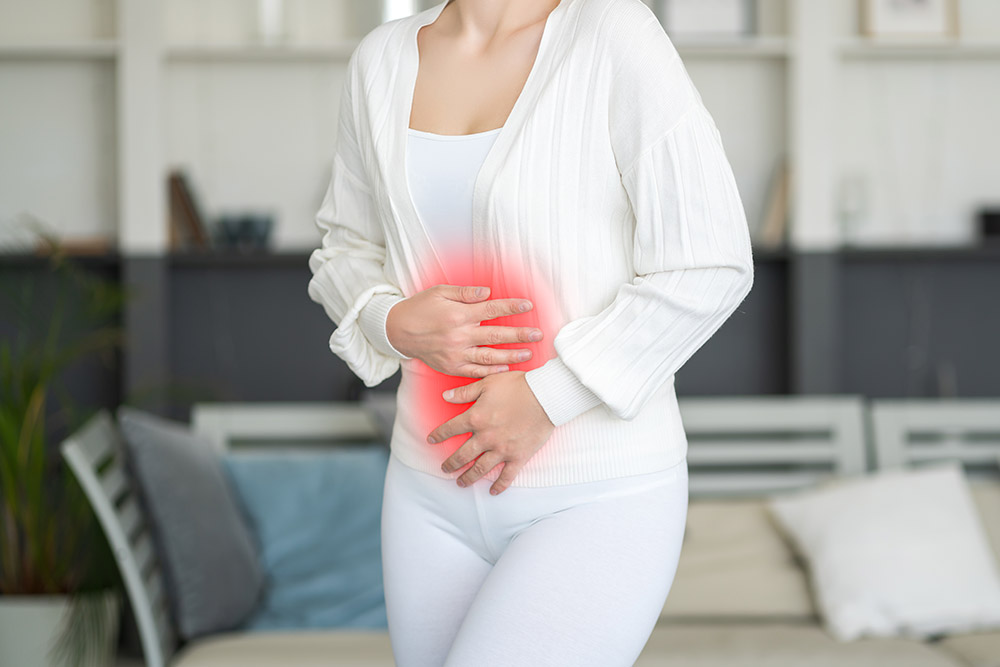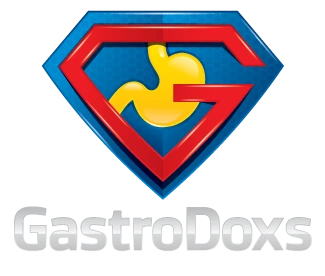What Is NAFLD?
Non-alcoholic fatty liver disease (NAFLD) occurs when excess fat accumulates in the liver of people who drink little to no alcohol. Over time, this buildup can lead to inflammation, scarring and even liver damage.
Common Causes and Risk Factors
- Obesity and metabolic syndrome
- Type 2 diabetes or prediabetes
- High cholesterol or triglycerides
- Poor diet high in sugar and processed foods
- Sedentary lifestyle
Signs and Symptoms
- Often none in early stages
- Tiredness or fatigue
- Mild pain or fullness in the upper-right abdomen
- Unexplained weight loss or weight gain
Expert Treatment for NAFLD by Dr. Bharat Pothuri
Dr. Pothuri uses a step-by-step approach:
Medical History and Exam
He reviews the onset, location, intensity and radiation of your pain, along with associated symptoms (nausea, vomiting, reflux), dietary triggers, medication use, alcohol history and prior GI diagnoses.
Laboratory Tests
We order:
- Pancreatic enzymes (amylase, lipase) to screen for pancreatitis
- Liver function tests (ALT, AST, ALP) and bilirubin
- CBC to check for anemia or infection
- H. pylori breath or stool test when ulcer disease is suspected
Imaging Studies
- Transabdominal ultrasound to evaluate gallstones, biliary dilation and pancreas
- Upper endoscopy (EGD) to visualize the esophagus, stomach and duodenum for ulcers, gastritis or reflux changes
- CT abdomen when complications (e.g., pancreatitis, perforation) need urgent assessment
Advanced Testing (if needed)
For persistent or unclear cases, he may recommend:
- Endoscopic ultrasound (EUS) for high-resolution imaging of the pancreas and bile ducts
- Gastric emptying study if functional dyspepsia or gastroparesis is suspected
- MRCP to noninvasively evaluate the biliary and pancreatic ducts

Frequently Asked Questions
What is NAFLD?
NAFLD is excess fat buildup in the liver not due to alcohol. It ranges from simple steatosis to NASH with inflammation.
How is NAFLD diagnosed?
Diagnosis uses ultrasound, FibroScan, blood tests (ALT/AST), and sometimes liver biopsy to grade inflammation and fibrosis.
What treatments help?
Weight loss through diet and exercise is first?line. Medications under study include vitamin E, pioglitazone, and investigational agents.
Can NAFLD be reversed?
Yes. Losing ?5-10% of body weight often improves liver fat and inflammation, advanced fibrosis may require medical therapies.











